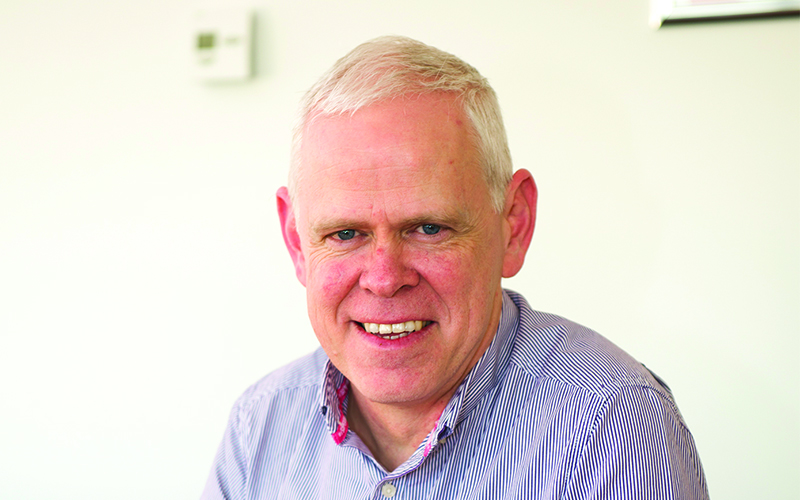Q&A with David Cole, Project manager at KBR
Energy Focus talks to KBR’s David Cole about the company’s diversification into offshore wind

Q. Why did KBR Project Solutions decide to make the move into offshore wind?
A: KBR Project Solutions has been involved with offshore wind for nearly 20 years. Our decision to enter this pioneering market was driven by the extensive experience we had gained in the North Sea and we recognised shared skillsets. Following the downturn in oil and gas over the past few years and the increase in demand for renewables, along with the move to deeper water and more complex HVDC platforms KBR is well placed to offer its engineering expertise in these areas.
Q. What has been the biggest challenge in diversifying into a new sector?
A: To diversify into any new area it is important to gain a thorough engineering grounding in the subject, find the right people to join the team and be able to show expertise in that area. Finding the right people can be challenging as the expertise is in significant demand. Demonstrating expertise in the new area is probably the hardest challenge as clients prefer to reduce their risks by using companies with previous experience. It takes time to establish your presence in the market place and demonstrate your engineering capability.
Q. What’s been the biggest highlight for the company since making the move?
A: Our biggest highlight has been starting an HVDC platform design for an offshore wind farm. This is a good example where KBR Project Solutions can offer their expertise on offshore platform designs for both float-over and floating designs depending on the depth of water. We are able to provide input on the offshore design limitations and provide accurate cost estimates due to our experience over many years in the area of offshore engineering.
Q. How is working in offshore wind different to working in the O&G sector?
A: In oil and gas sector, KBR Project Solutions is an established company with a number of clients that we have worked with over a number of years. The network is established and the contacts known. Breaking into offshore wind takes time as you need to develop a new set of contacts and establish yourself. The project execution is longer and more complex due to financing consideration and government funding applications.
Q. Where do you see the next big opportunity in the offshore wind as coming from?
A: I think KBR’s strongest proposition is in floating substation capability. With a move into deeper water, the floating HVDC substation becomes a more attractive option. The HVDC platform as a connecting hub becomes an attractive alternative to a number of fixed or floating HVAC substations. The KBR HVDC Barbox design is a cost-effective approach to engineering this solution.
Q. What would you say to any O&G supply companies thinking about also making the move?
To enter any new market you need to research the sector, the costs and find the right engineering resources. To be successful you also need to determine what will make your company stand out in a competitive market place.
Q. What’s next for KBR Project Solutions?
A. Over the past two years our work has been a mixture of oil and gas, biogas and renewable projects. Having recently expanded into digitalisation the future looks set for more diversification into this area. It is really exciting that in all these sectors we are able to combine and create new innovative ideas.
About KBR
EIC member company KBR is a global technology, engineering, procurement and construction company serving the energy and government services industries. The organisation employs about 34,000 people worldwide with customers in more than 70 countries and offices in 40 countries across three distinct global businesses, Technology & Consulting, Energy Services and Government Services.
Interested in making the move to offshore wind?
Download the EIC Global Offshore Wind Insight Report featuring KBR’s diversification case study: www.the-eic.com/Publications/MarketIntelligenceReports







Follow us
Advertise
Free e-Newsletter